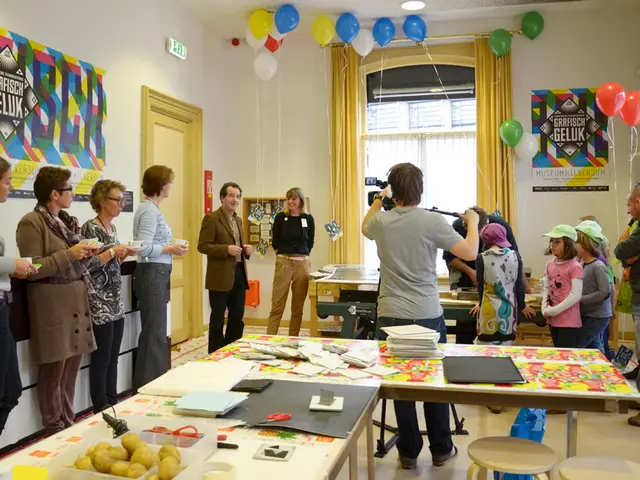GEA Donates Multipurpose Plant to Geisenheim University for Beverage Tech Training
GEA Group AG has donated a multipurpose plant to Geisenheim University's Beverage Technology Center (BTC) for practical training in beverage technology. The project was led by Dr. Michael Schwarzer from GEA, who oversaw the development of the teaching and research process in the beverage industry.
The plant, a scaled-down version of industrial processes, allows students to control and understand these processes hands-on. It includes a short-time heat exchanger, Cleaning-in-Place (CIP) and Sterilization-in-Place (SIP) system, a carbonator, an automated switching matrix, and a separator suitable for fruit juice, beer, and wine applications. The unique switching matrix enables students to build, modify, and analyze complete process chains by selectively switching on or off process sections.
GEA was involved early in the system planning, coordinating requirements for media supply, control, and integration. The company sees such plants as a growing field of application for research, teaching, and development, with demand from universities and industry labs. GEA's plants, processes, and components contribute to reducing CO2 emissions, plastic usage, and food waste, aligning with their mission: 'Engineering for a better world'.
The GEA Foundation supports this project through its Mission 30 strategy, which focuses on global and local initiatives in MINT education, child poverty alleviation, infrastructure access, and disaster relief. The BTC at Geisenheim University serves as an open technology and transfer center, benefiting students, research institutions, industry partners, and vocational schools.
Read also:
- Executive from significant German automobile corporation advocates for a truthful assessment of transition toward electric vehicles
- Crisis in a neighboring nation: immediate cheese withdrawal at Rewe & Co, resulting in two fatalities.
- Financial Aid Initiatives for Ukraine Through ERA Loans
- Diagnosing Male Fertility Issues: A Guide to Understanding Male Fertility Evaluations







